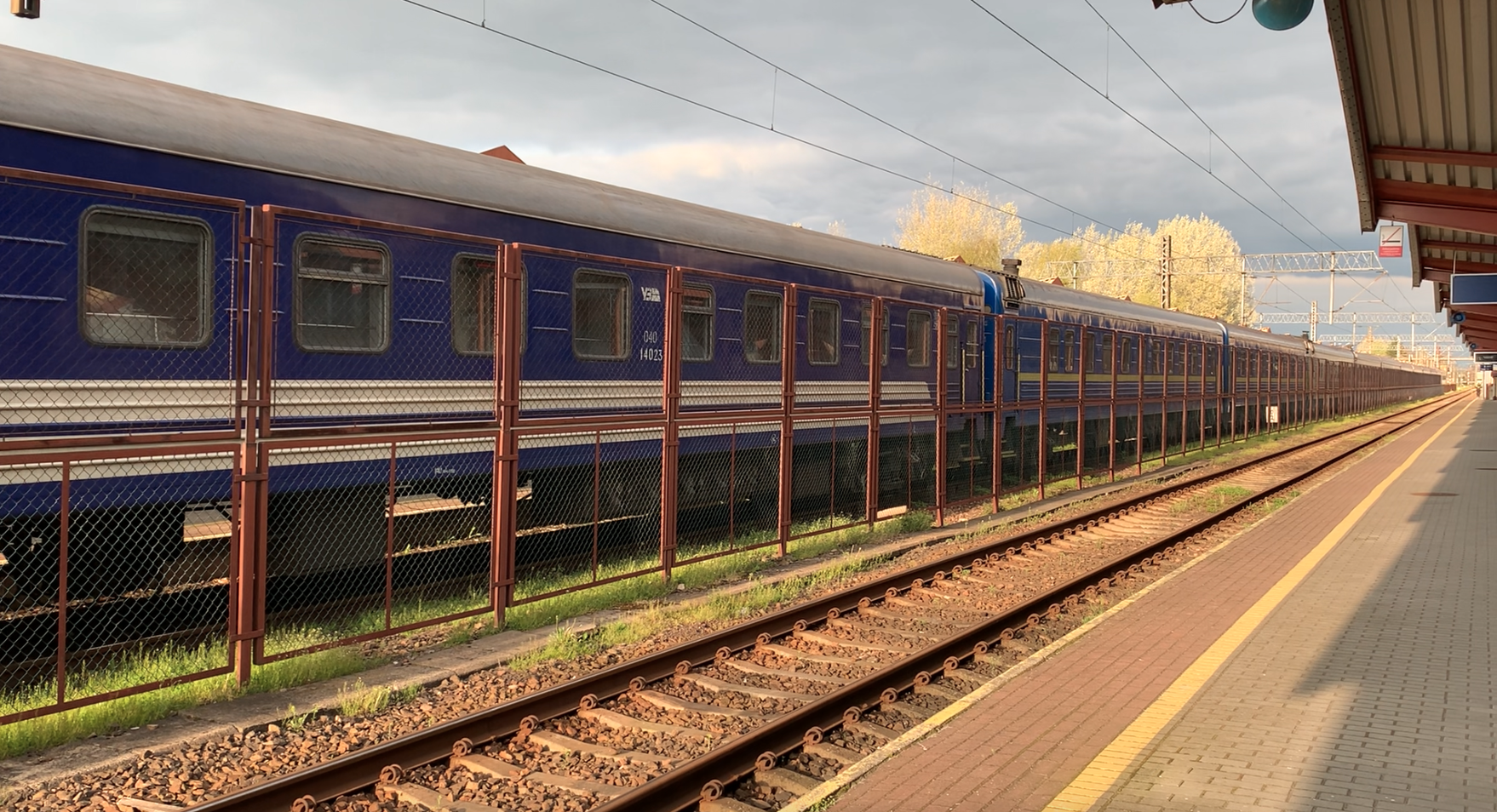Przemyśl 2025-10-21
Railway between Poland and Ukraine.
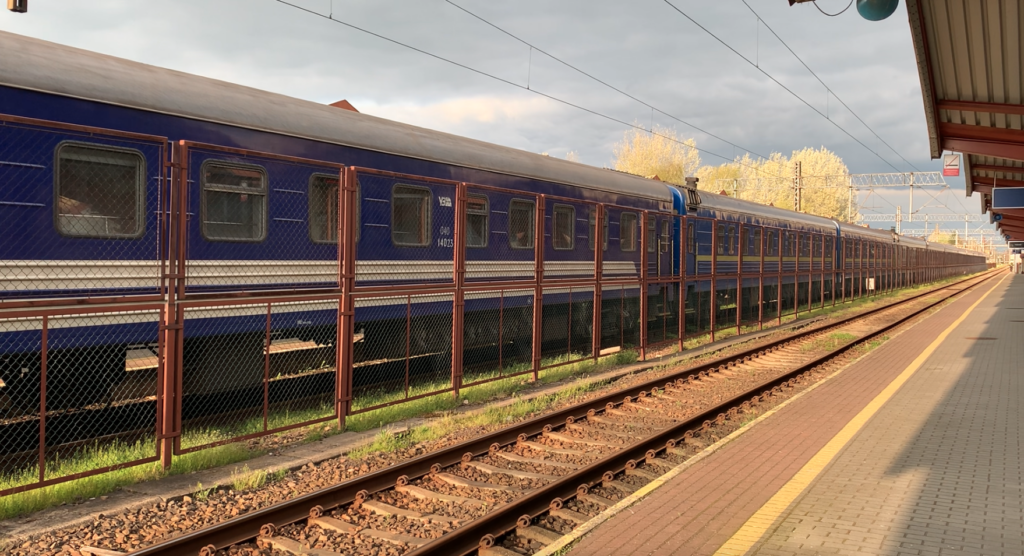
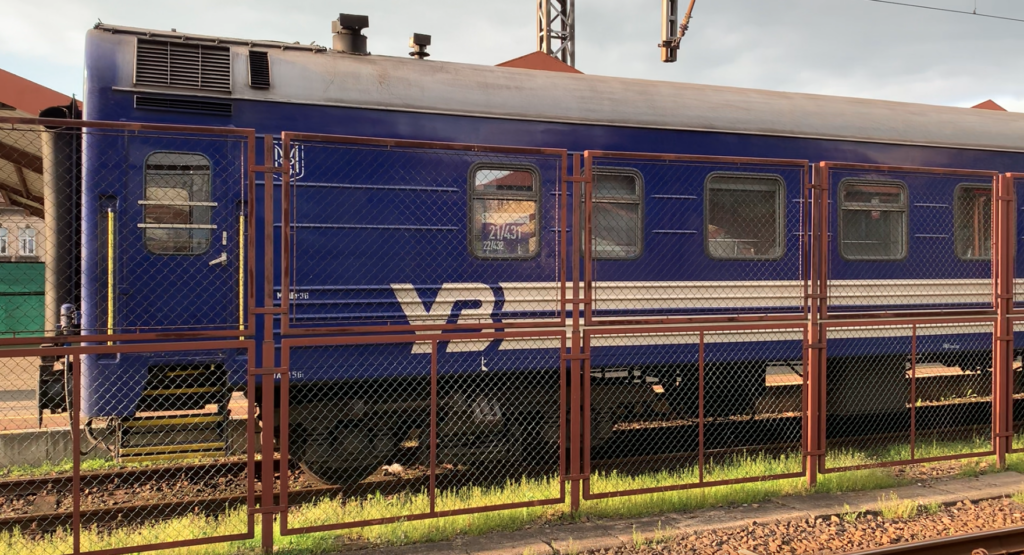
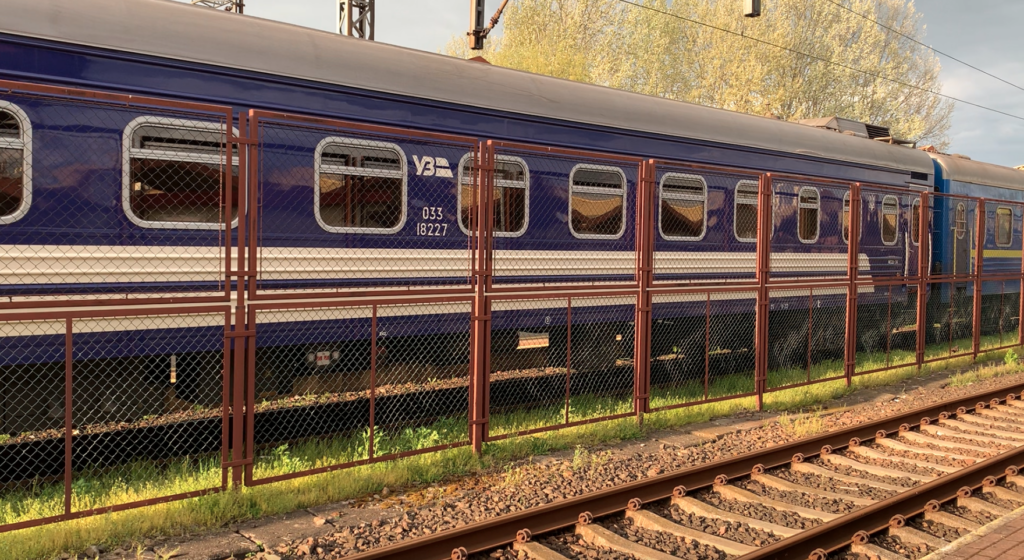
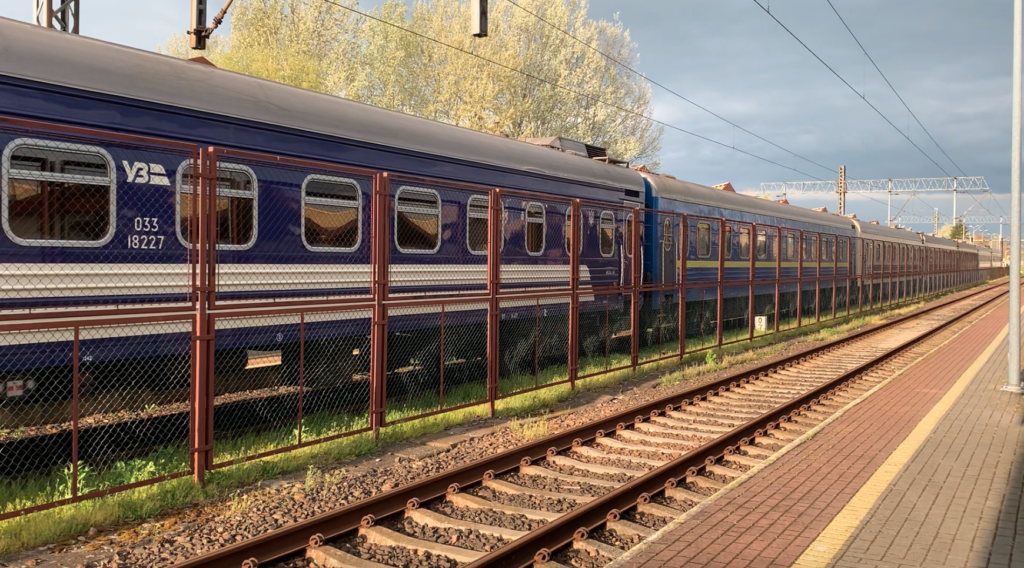
Since 2014, there has been an open armed conflict between Moscow and Ukraine. Especially since February 24, 2022, the conflict has escalated. And yet, Ukraine is developing and experiencing significant growth in national income. In 2023, it was 5.3%, and in 2024, 2.9%. In a war situation, this seems impossible. And yet, when we see that everyone is helping Ukraine, it’s understandable. Independent reports indicate that in 2023, there were 86 oligarchs in Ukraine, and this number has recently increased.
How is this possible? From February 2022 to December 2024, the United States granted Ukraine approximately $182.8 billion in emergency funding for the region, which primarily covers support for Ukraine. Of this amount, the United States directly allocated approximately €46.6 billion (or approximately $54 billion) in non-repayable financial assistance to Ukraine between 2022 and 2024. This amount does not include military aid. In 2023, Ukraine received approximately $11 billion in grants (non-repayable loans) from the United States. In 2024, Ukraine received a declaration from the Ukrainian government that it would accept approximately $3.9 billion in grants from the United States for the state budget. “Financial aid” includes budget grants (non-repayable funds), loans and concession financing, as well as budget support to cover social expenses, wages, etc. The figures vary depending on the source and definition: Are only “financial”—i.e., budgetary—funds included, or are military aid, humanitarian aid, guarantees, and loans also included? For example, the report shows that the U.S., as the largest donor, provided over €114 billion (approximately $134 billion) in total aid (military, financial, and humanitarian) to Ukraine from January 24, 2022, to June 30, 2025, as U.S. President Donald Trump has repeatedly stated.
The second country to provide the most aid to Ukraine was Poland. At its peak, Poland accepted nearly 2 million refugees from Ukraine, for whom not a single camp was built, as all were taken in by Polish Families. Ukrainians were provided with free transportation, healthcare, schools for children and youth, financial support, and employment opportunities. In the 2022-2023 period, the value of Polish aid to Ukraine and Ukrainians residing in Poland was estimated at approximately PLN 106 billion (approximately EUR 25 billion), most of which was humanitarian and refugee aid. In 2022, Poland alone estimated the cost of its aid to Ukraine at approximately EUR 6.4 billion. Poland provided Ukraine with military support worth approximately USD 4.5 billion (approximately PLN 18 billion), according to data provided by the Polish Minister of Foreign Affairs. In 2023, according to official development assistance (ODA), Poland provided USD 215 million in direct aid to Ukraine (representing approximately 8% of Poland’s ODA) that year. Poland contributed €25 million to the European Investment Bank’s Ukraine Reconstruction Fund (EU for Ukraine Fund) in 2024.
However, Poles feel humiliated by the Ukrainian government, especially by President Volodymyr Zelensky, who has repeatedly demonstrated his arrogance towards Poland. This even applies to former Polish President Andrzej Duda, who led the international aid effort for Ukraine in the spring of 2022. When Poland sent its best “Krab” howitzers, the Germans donated 5,000 helmets. Polish military support: supplies of equipment, weapons, armored vehicles, helicopters, and aircraft (including drones, MiG-29s, and Mi-24s donated by Poland).
The Polish-Ukrainian border is 535 km long. It was finally established in February 1951. The railway reached the territory of present-day Ukraine in 1861. Currently, Ukraine has 19,800 km of railway lines, which, considering its area of 603,628 square kilometers, is not a large number. Furthermore, Ukraine has a poor road network, which further increases the importance of railways. Most of the railway lines are not electrified. About 9,300 km are electrified, mainly in the vicinity of large cities. 80% of the tracks are of 1520 mm gauge. About 1,200 km have the European gauge of 1435 mm. These lines are located in the border regions of Poland, Slovakia, Hungary, and Romania. The company that operates the railways is Укрзалізниця (Ukrzaliznytsia); The Ukrainian Railways Administration for Transport “Ukrzaliznytsia” (Ukrainian Railways Administration for Transport “Ukrzaliznytsia”) was founded in 1991. According to various sources, the company employs 230,000-375,000 people. There are approximately 1,500 railway stations in Ukraine. Rail traffic is handled by approximately 1,700 locomotives, primarily diesel. Ukrainian Railways comprises six regional companies.
Both during the communist era and today, rail traffic between Poland and Ukraine has been maintained. Current train timetables are available on the PKP InterCity website and the KOLEO portal. Night and long-distance trains: Offer various types of carriages, including 1st and 2nd class sleeper cars and 3rd class Platskartny carriages. The Укрзалізниця carrier is attempting to introduce “Plus” trains, which are expected to have a travel speed of 160 km/h, with Wi-Fi, charging sockets, and a beverage and snack service. Connections with Poland: Currently, several pairs of trains run daily between Poland and Ukraine, operated by PKP InterCity, among others. Currently, rail traffic between Poland and Ukraine is at a level comparable to the late 19th century, and only the war period significantly impacts passenger and freight traffic. After 1989, former transshipment areas were adapted to passenger traffic or closed. Currently, there are eight road and six rail border crossings between the two countries. Some are in use, while others are closed. The situation is dynamic.
Rail crossings: Krościenko – Chyrów, single-track, non-electrified, 1435 mm gauge. Niżnakowice – Malkowice – Przemyśl, single-track, 1435 mm gauge. Przemyśl – Medyka – Mościska 2, electrified at 3 kV DC, two 1520 mm tracks and one 1435 mm track. Werchrata – Rawa Ruska, single-track, 1520 mm, non-electrified. Hrebenne – Rawa Ruska, single-track, 1435 mm gauge. Hrubieszów LHS – Ustyluh – Azov, non-electrified, single-track 1520 mm. Chełm – Dorohusk – Jagodzin (Jahodyn), one 1520 mm track and one 1435 mm track.
Due to Poland’s different situation from Ukraine (its membership in the European Union and NATO), border controls should be much more rigorous and therefore time-consuming. Since June 2017, EU countries have announced a visa waiver for Ukrainian citizens, provided they possess a biometric passport. The Local Border Traffic (LBT) principle also applies.
Freight traffic is dominated by bulk and unprocessed goods: fuels, timber, metal ores, and goods that travel long distances. Poland, on the other hand, primarily ships machinery, equipment, and weapons. A separate problem is the significant scale of smuggling, especially of excise goods, and the significant corruption perpetrated by individual passengers. Freight traffic is handled exclusively by PKP Cargo and Ukrzaliznytsia, state-owned companies. There are no private carriers.
Currently (2025), two railway crossings are in use: Przemyśl – Medyka – Mościska 2 and Chełm – Dorohusk – Jagodzin. During the peak of the Ukrainian retreat from the war, the LHS line was used, all the way to Olkusz. PKP Polish Railway Lines S.A. cooperates with Ukrainian Railways S.A. “Ukrzaliznytsia” in managing rail traffic based on the Agreement between the Polish State Railways State Enterprise and the State Railway Transport Administration of Ukraine on rail transport across the state border.
Ukrainian wagons are only permitted in Poland with a European gauge, mostly type “Y”: WLABd series, WLABmee series, WLABmz series, and others. The wagon bogies need to be replaced. Kutruff lifts are installed in: Jagodzin (passenger trains), Medyka (freight trains, unused), Przemyśl Główny (passenger trains). TSP SUW 2000 automatic changeover: Dorohusk, Mościska 2, Zamość Bortatycze (technical station).
Currently (2025), one of the most popular routes is the Warsaw East – Kyiv Pasazhyrskyi train, often called the Kyiv Express. The train runs daily. The train departs from Warsaw at 5:49 PM and arrives in Kyiv at 11:00 AM the following day after 16 hours and 11 minutes. In the opposite direction, the train departs from Kyiv Pasazhyrskyi station at 8:21 PM and arrives at Warsaw East station at 10:17 AM the following day after 14 hours and 56 minutes. Train number 67/68 is operated by PKP InterCity in conjunction with Ukrainian Railways. Within Poland, the train is operated by the EU07 locomotive, and from June 2025, by the EU160 locomotive. The entire train route includes six Ukrainian sleeper cars (WLABm series). On the domestic route (Warsaw East – Dorohusk section), the train also features seven publicly accessible seated carriages: six 2nd Class and one 1st Class. Tickets within Ukraine can be purchased 30 days before the scheduled departure date. For international journeys, from another country to Ukraine and back, the availability varies depending on the carrier and ranges from 30 to 60 days. Travel by night train within Ukraine is possible in one of three types of carriages: Sleeping car for two people (1st Class), one compartment for two people with a washbasin; sleeping berths located side by side at the bottom or one above the other. Sleeping car for four people (2nd Class), one compartment for four people; bathrooms and toilets located at the end of the corridor. Platskartny car (3rd Class), an open carriage with couchettes. All seats are subject to seat reservations.
There are three other popular routes: Warsaw East – Lviv, Krakow – Rzeszów – Przemyśl – Lviv, and Prague – Krakow – Rzeszów – Przemyśl – Lviv. The travel time from Prague to Kyiv is approximately 22 hours. Currently (2025), Ukraine requires a transfer from InterCity trains to Ukrzaliznytsia trains in Przemyśl. There is no bogie exchange in the carriages. The Przemyśl – Kyiv route is served by seated carriages. The Przemyśl – Zaporizhzhia and Przemyśl – Kharkiv routes are served, depending on availability, by seated and sleeping carriages. A ticket on the Krakow Główny – Lviv route costs from €23.40, and on the Krakow Główny – Kyiv Pasazhyrskyi route, a ticket costs from €43.80.
Let’s remember, however, that there’s a war raging in Ukraine, which isn’t sparing even the trains in motion. In early October 2025, a Moscow-based Shahed drone struck a train, destroying the second carriage. A fire broke out on the train. Several people were injured, including conductor Olha Zolotova, who was hospitalized. Therefore, the number of connections is limited and highly variable.
Written by Karol Placha Hetman
